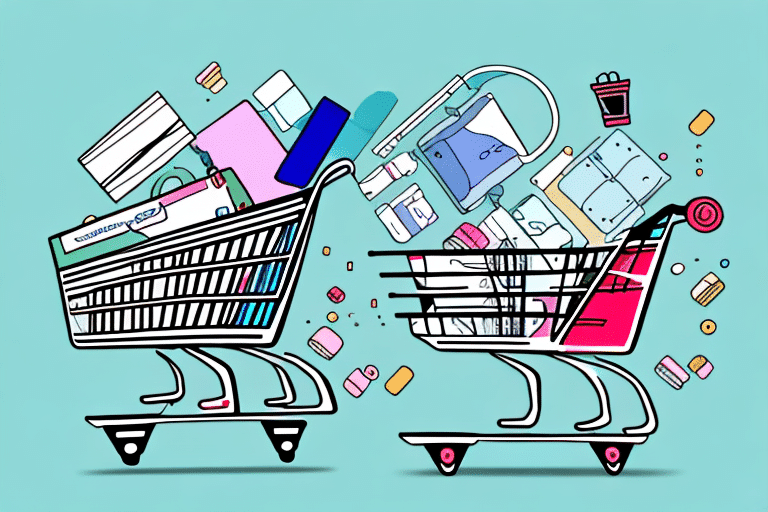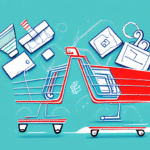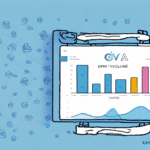Recovering Abandoned Carts on Shopify: An SEO-Optimized Guide
One of the most significant challenges for e-commerce businesses is recovering lost sales due to cart abandonment. It can be discouraging to see customers add items to their cart only to leave without completing the purchase. According to a study by the Baymard Institute, the average cart abandonment rate is nearly 70%. However, with the right strategies, you can recover these lost sales and optimize your checkout process. This comprehensive guide explores effective methods to recover abandoned carts on Shopify.
Understanding Cart Abandonment
Cart abandonment occurs when a customer adds products to their shopping cart but exits the website without completing the purchase. Several factors contribute to this phenomenon:
- Unexpected Shipping Costs: High or unexpected shipping fees can deter customers from finalizing their purchase.
- Complicated Checkout Process: Lengthy or complicated checkout procedures can frustrate users, leading them to abandon their carts.
- Lack of Trust: Concerns about website security can make customers hesitant to provide payment information.
- Mandatory Account Creation: Requiring users to create an account before purchasing can be a barrier to conversion.
- Limited Payment Options: Offering only a few payment methods may not cater to all customer preferences.
Identifying and addressing these issues is crucial for reducing cart abandonment rates and increasing sales.
The Impact of Cart Abandonment on E-commerce
Cart abandonment has a direct impact on your business's revenue and overall performance:
- Lost Revenue: High abandonment rates mean significant potential sales are not realized.
- Lower Conversion Rates: A high rate of abandonment indicates inefficiencies in the sales funnel.
- Increased Marketing Costs: Attempting to recover lost sales often requires additional marketing efforts and expenses.
Understanding the financial implications of cart abandonment can motivate businesses to implement effective recovery strategies.
Analyzing Customer Behavior and Preferences
To effectively recover abandoned carts, it's essential to understand customer behavior and preferences. Utilizing analytics tools can provide insights into where and why customers are dropping off:
- Behavioral Analytics: Tools like Google Analytics can track user interactions and identify patterns leading to abandonment.
- Customer Feedback: Collecting feedback through surveys or reviews can reveal specific pain points in the shopping experience.
- Purchase History: Analyzing past purchases can help tailor recovery strategies to individual customer preferences.
By leveraging this data, businesses can create targeted and effective cart recovery campaigns.
Effective Strategies to Recover Abandoned Carts
1. Retargeting with Emails and Ads
Retargeting involves reaching out to customers who have abandoned their carts through personalized emails and targeted advertisements:
- Personalized Emails: Send reminder emails highlighting the abandoned items, possibly including discounts or incentives to complete the purchase.
- Targeted Ads: Use platforms like Google Ads or Facebook Ads to display ads featuring the products left in the cart.
Studies have shown that personalized email reminders can recover up to 10-30% of abandoned carts (Omnisend).
2. Simplifying the Checkout Process
A streamlined checkout process reduces friction and enhances the user experience:
- Guest Checkout: Allow customers to complete purchases without creating an account.
- Progress Indicators: Use progress bars to show customers how close they are to completing the purchase.
- Auto-Fill Forms: Implement auto-fill options to reduce the amount of information customers need to enter.
A simplified checkout can decrease abandonment rates by up to 35% (Shopify).
3. Offering Multiple Payment Options
Catering to diverse payment preferences can increase the likelihood of completing a sale:
- Credit and Debit Cards: Ensure compatibility with major card providers.
- Digital Wallets: Incorporate options like PayPal, Apple Pay, and Google Pay.
- Buy Now, Pay Later: Offer services like Afterpay or Klarna for installment payments.
Providing a variety of payment methods can reduce abandonment rates by accommodating customer preferences.
4. Implementing Exit-Intent Popups
Exit-intent popups can capture the attention of customers who are about to leave the site without completing their purchase:
- Special Offers: Display discounts or free shipping offers to incentivize the purchase.
- Feedback Requests: Ask customers why they are leaving to gain insights for improvement.
Used strategically, exit-intent popups can recover up to 10% of abandoned carts without being intrusive.
5. Personalizing the Shopping Experience
Personalization can make customers feel valued and understood, increasing their likelihood of completing a purchase:
- Product Recommendations: Suggest products based on browsing and purchase history.
- Customized Emails: Address customers by name and tailor content to their interests.
Personalized experiences can boost conversion rates by up to 15% (Business.com).
Best Practices for Cart Recovery on Shopify
Implementing effective cart recovery strategies requires adherence to best practices:
- Segmentation: Segment customers based on behavior and preferences for more targeted campaigns.
- A/B Testing: Continuously test different strategies to determine what works best for your audience.
- Timely Follow-Ups: Send recovery emails within hours of abandonment to increase relevance and effectiveness.
Following these best practices can enhance the success of your cart recovery efforts on Shopify.
Tools and Apps for Streamlining Cart Recovery
Several tools and apps available on Shopify can help automate and optimize your cart recovery process:
- Mailchimp: An email marketing platform that allows for personalized recovery emails.
- Privy: Offers exit-intent popups and email capture forms to engage customers before they leave.
- Omnisend: Combines email, SMS, and automation features for comprehensive recovery campaigns.
- ReCart: Specializes in Facebook Messenger and SMS retargeting for abandoned carts.
Integrating these tools can streamline your recovery strategies and improve overall efficiency.
Measuring the Success of Your Cart Recovery Campaigns
To ensure the effectiveness of your cart recovery efforts, it's essential to track and analyze key metrics:
- Recovery Rate: The percentage of abandoned carts that are successfully converted into sales.
- Conversion Rate: The number of completed purchases divided by the number of abandoned carts.
- Revenue Generated: Total sales recovered through cart recovery campaigns.
- Email Open and Click-Through Rates: Indicators of how engaging and effective your recovery emails are.
Regularly monitoring these metrics allows for data-driven adjustments to your strategies, enhancing their overall effectiveness.
Case Studies of Successful Cart Recovery Campaigns on Shopify
Learning from successful implementations can provide valuable insights and inspiration:
Case Study 1: eCommerce Fashion Store
A fashion retailer implemented personalized email reminders and saw a 25% increase in recovered sales. By segmenting their audience and sending targeted offers, they effectively re-engaged potential customers.
Case Study 2: Electronics Retailer
An electronics store streamlined their checkout process by reducing the number of required fields and introduced multiple payment options. This led to a 30% decrease in cart abandonment rates.
These examples illustrate how tailored strategies can significantly impact cart recovery success.
Conclusion
Recovering abandoned carts is essential for maximizing revenue and enhancing the overall performance of your Shopify store. By understanding the reasons behind cart abandonment, analyzing customer behavior, and implementing effective recovery strategies, you can significantly reduce lost sales. Employing best practices, utilizing the right tools, and continuously measuring success will ensure your cart recovery efforts are both efficient and effective. Start optimizing your cart recovery process today to drive more sales and foster stronger customer relationships.




















